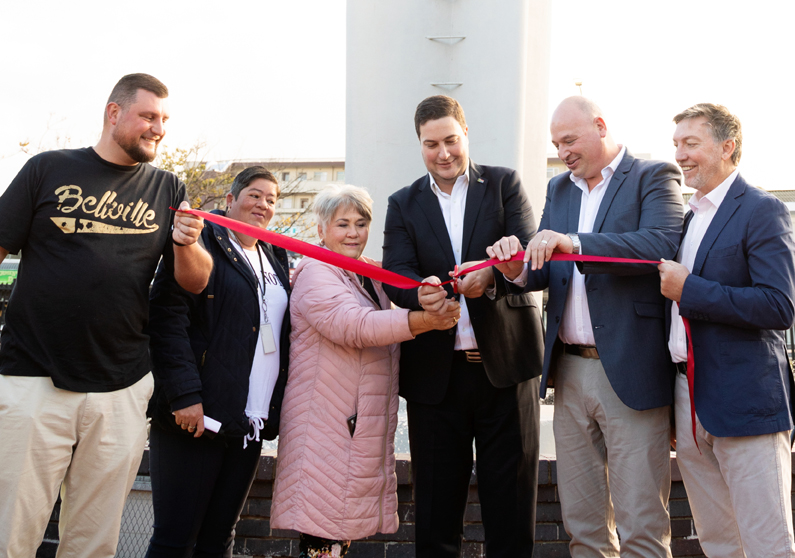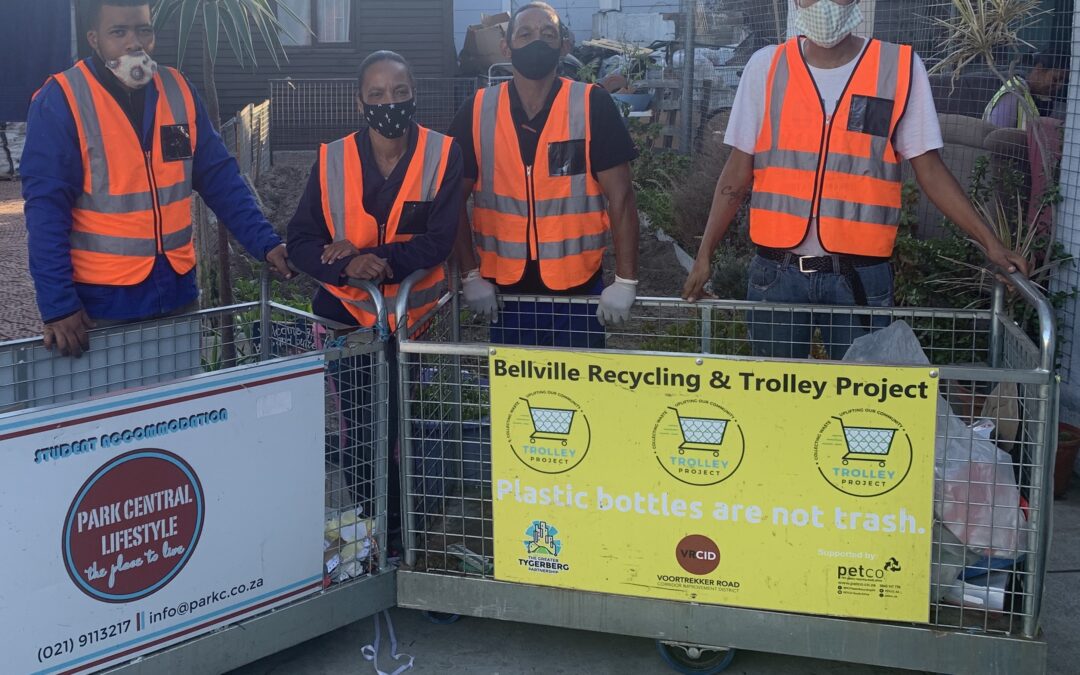One action at the top of President Cyril Ramaphosa’s State of the Nation to-do list was to convene a jobs summit to address South Africa’s 26% unemployment rate. Creating jobs is the cornerstone of building a more resilient economy.
While the summit will consider the national picture, the most effective and immediate transition to a more productive economy will happen at a local level in our cities, town and business districts. It will happen in small independent businesses, in informal trading spaces and in places of high-density employment.
Facilitating an urban transition
Through a facilitated process of sustained investment, business nodes have the potential to stimulate job creation, which will, in turn, promote economic growth for the region. However, this will not happen spontaneously. It requires a planned programme of unlocking resources, identifying opportunities and building effective partnerships.
It also requires a catalyst to start.
There are many examples of urban areas in Cape Town that would benefit from concerted efforts to maximise this potential. The Voortrekker Road Corridor is one of them — and, arguably one of the most important.
As the link between the Bellville and Cape Town central business districts (CBD), the Vootrekker Road Corridor has long been the economic backbone of the Cape Town Metropole. It’s well connected, with the city’s second largest transport interchange at its heart. It’s an intellectual power centre, hosting six major educational institutions. Hospitals, medical research centres and other healthcare facilities form a wellness hub within its boundaries. It hosts businesses ranging from international corporate headquarters to informal traders. And its population is a diverse cultural melting pot.
Building on what already exists
And yet, despite its many assets, the region still has enormous scope for development. It is ready for a facilitated urban transition, and the Greater Tygerberg Partnership (GTP) is the catalyst for that transition.
The GTP’s primary mandate is to unlock the inherent opportunities for Cape Town’s second most important business node. The most obvious place to begin is to build on what already exists.
The Bellville and Parow CBDs lie at the heart of the Voortrekker Road Corridor. Together, they are rich with what I call opportunity infrastructure. This is the infrastructure already in place — multi-directional, multi-modal transport links; prioritised development policies such as the Urban Development Zone (UDZ) and the Mayoral Urban Regeneration Programme (MURP); fast fibre internet infrastructure and development opportunities in the form of existing buildings with large floor-plates ideal for high-density employment.
This all forms a solid foundation for employers seeking to create jobs and expand their operations away from high-value, over-subscribed centres elsewhere. The business process outsourcing sector is one example that comes to mind.
A vision for a vibrant future
Future planning comes into play, too. The City of Cape Town’s own integrated development plans, a commitment to transit-oriented developments, and visions for the physical improvement of public spaces all dovetail into the canvas of infrastructure already in place.
But vibrant urban centres are not built only on what happens inside the buildings. What happens outside is also a critical component.
Facilitating the Voortrekker Road Corridor’s urban transition is one of three core focus areas for the GTP. The other two are to build a 24-hour economy and create connected communities.
24-hour economy
A 24-hour economy requires people to be living, working and playing in an area both during the day and at night. This means to provide sufficient amenity to serve people’s needs, such as safe, well-managed, affordable accommodation. We are already seeing a growing student population in the region, which contributes to a more vibrant 24-hour social community. But students need to know their needs are catered for. Support businesses such as internet cafes, book stores and coffee shops are as important as the more leisurely outlets of bars, restaurants and entertainment venues.
With strong transport links and growing employment opportunities, this kind of vibrant environment could also be extended to offer more diverse yet affordable accommodation options for middle-income first-time buyers. Developers could access significant incentives, such as the UDZ, by renovating or refurbishing existing building stock to cater for an important but under-served market.
Connected communities
And finally, a connected community is not only connected virtually. It is also connected physically. Public spaces such as Elizabeth Park, the soon-to-be refurbished Kruskal Avenue and the Elsies River Green belt are obvious opportunities for people to interact. Events such as markets and street festivals can also connect different communities. The Bellville and Parow CBDs offer colour, texture and energy drawn from diverse communities that originate from multiple cultures. It is what makes the Voortrekker Road Corridor unique among more homogenous regions.
Bringing it all together
The greatest potential for building human capital lies in cities, towns and urban business nodes. But to build a productive economy, other factors must be brought into the equation: a facilitated transition to a highly connected community within a vibrant 24-hour centre. Collaborations, policy and prospective returns fill in the spaces in between. And a catalytic champion pulls each strand together, in building an inclusive, vibrant and economically prosperous area in which to invest, live, work and play.
Written by Warren Hewitt
CEO of the Greater Tygerberg Partnership
GTP CEO Warren Hewitt lays out his vision for the future of the Voortrekker Road Corridor as a centre for job creation, economic development and creating connected communities, in an opinion piece published in the Cape Times on 17 April 2018





